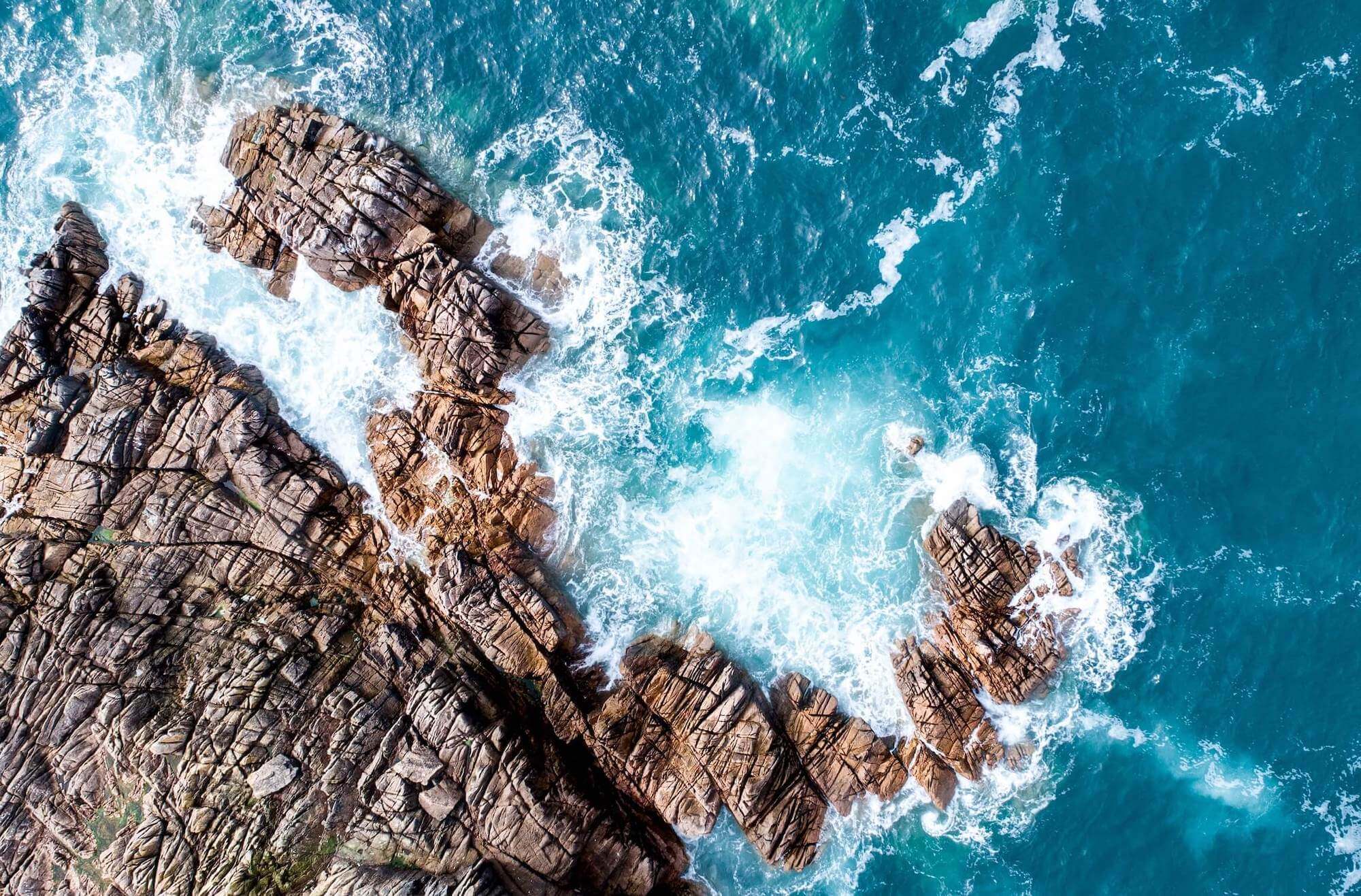This Holiday Season
Many people see the promise of food and family as the main reason for the holiday season. These staples can be remade and you can get…
This website is dedicated to the preservation and promotion of Calabasas’ historical interest and surrounding areas through education, programs, and the exchange information with other organizations.
Calabasas comes from the Spanish calabaza which means “pumpkin”,’squash’, or “gourd”. (compare calabash). Some historians believe that Calabasas may be derived from Chumash term calahoosa. This is believed to translate as “where the wild geese fly.”
Calabasas is characterized by a Mediterranean climate that has mild winters and dry, hot summers. An annual rainfall of 13.6 inches, with temperatures ranging from low 60s to high 90s in summers and low 40s to high 60s in winters.
It has a population of 23,811 and is the 282nd biggest city in California. Calabasas is a 14-mile long city with a population density that averages 1,740 inhabitants per square mile. Calabasas’s average household income is $201,446.
It is located in the southwest corner of San Fernando Valley and Los Angeles County. The city also includes a portion of the Santa Monica Mountains. It is located about 31 miles from Los Angeles.
Calabasas history includes explorers and Indians as well as squatters and bandits. The peaceful Chumash Indians lived in the hills and made their home in canyons, where there was abundant wildlife.
The area’s oak trees, which are large and ancient, provided a significant part of their diet. Calabasas oaks could be as old as 500-700 years.
Settlements of Chumash Indians called the area Calabasas. This word may have been descended from the Indian term for “where wild geese fly”. Others believe Calabasas is derived from the Spanish word “wild gourd” or “pumpkin”.
The Indian way of life was forever altered by Spanish expeditions in 1769-1770. The encounters with Chumash in this area are documented in the Diary of Miguel Costanso. Six years later, Juan de Anza’s party camped west of Calabasas.
Large ranches were split into farms in late 1800’s. Families of settlers had to fight poverty and drought. Catherine Mulholland, author of “Calabasas Girls”, brings this era to life through photographs and letters from her ancestors, The Ijams. They were happy to escape the hard life of Calabasas pioneers when water and power arrived in Owensmouth (Canoga Park).
After the turn of century, a few spots in Calabasas became weekend getaways from the city. Crater Camp, Monte Nido, was established in 1914 as a year-round camping ground. The camp is no longer visible on the Malibu Meadows site.
Many people see the promise of food and family as the main reason for the holiday season. These staples can be remade and you can get…
Thanks To 911 Restoration Of The San Fernando Valley We would like to thank 911 Restoration of the San Fernando Valley for all of their…
We are grateful to our sponsors and donors of calabasashistoricalsociety.org that were supported during difficult years. It’s not easy to describe the impact of your support…
